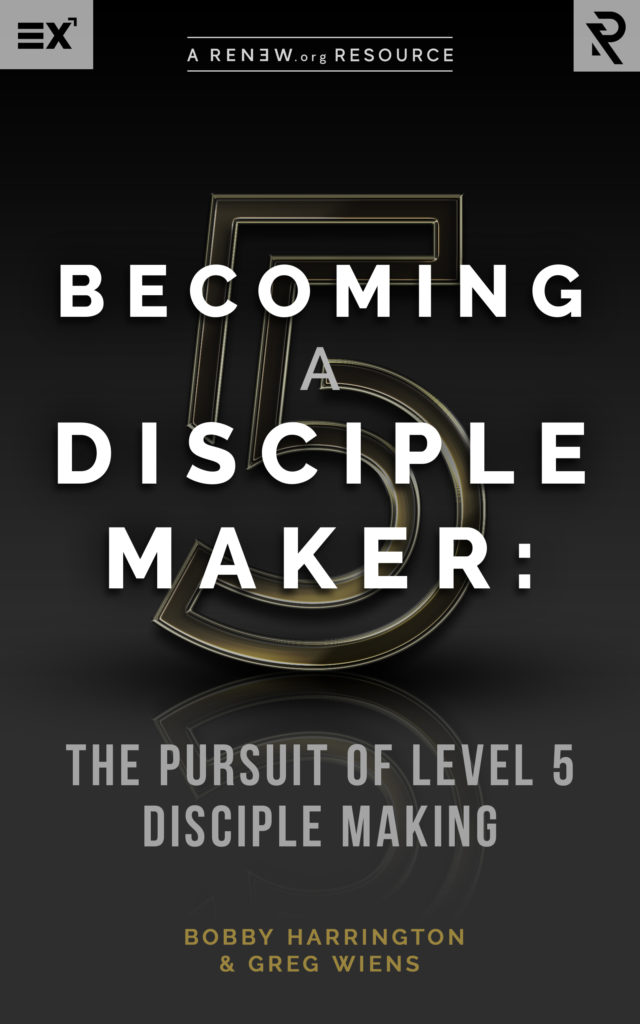
Worship Leaders Are Hosts
I live in Springfield, MO. While there are a lot of cool things to do here and great restaurants, it’s not exactly a vacation hot spot. If people find themselves in Springfield on vacation, it’s probably for two reasons: 1) they are on their way to Branson, or 2) they come to visit the “Mecca” of hunting/fishing: Bass Pro. And though I’m not a fisherman, or a hunter-man (clearly), even I know how important Bass Pro is to giving a first-time Springfield guest a good and well-rounded Springfield experience. A good host would take someone to Bass Pro.
In Sandra Van Opstal’s book The Mission of Worship, she points out that that worship ministers are kind of like good hosts when someone comes to visit. She lives in Chicago, so whenever a friend comes in from out of town and they want to get some food, what do you think they suddenly become hungry for? Deep dish pizza, right? But since Sandra has lived in Chicago most of her life, she knows what the person really needs to eat: a jibarito. This is a Puerto Rican sandwich with plantains and steak. People want pizza. Sandra knows they need a jibarito.
This is what good hosts do. They serve people with what they want, but they also expose them to things they didn’t know they needed. Those involved in worship ministry can disciple people in a similar way.
We serve people by giving them what they want or expect, but we also aren’t afraid to stretch them beyond their own experiences to give them something they didn’t know they needed.
Let’s face it…not everyone likes the songs we sing. Not everyone likes the style of music we use, or the volume at which it’s played. Not everyone likes to stand in worship. Our aim has never been to please people. But we do want to serve and love them. We aim to give them what they want, what will bless them. But we also feel compelled to help them grow past that and experience worship in a way that deepens their love for Christ. That means that we will give them what they need, even if they didn’t know they needed it. So what does this look like?
Sandra Van Opstal would say it this way: “Worship can be a tool for welcome.”[1] We must make sure that we serve in a way where as many people as possible feel welcome.
I want you to imagine that you were physically present in Jerusalem on the day of Pentecost as recorded in Acts 2. Imagine you were a recent convert to Judaism, and you could barely speak a lick of Hebrew or Aramaic. Out of the crowd you hear someone speaking your native tongue. That would get your attention, wouldn’t it? All of a sudden, you would have felt welcome in that place, like you belonged.
When our worship services “speak the same language” of the people we serve, there is a greater sense of welcome and belonging. Worship leaders must be in tune with the people they serve. We must know what they like, what blesses them and what encourages them in their faith.
For those who plan and lead worship services week after week, it can become a little tiresome to do the same songs, or flow of service every week. The temptation is to stretch too far to something outside of the normal flow. Often times, many in our churches are not ready for these changes. It is not a sin to do something the same way twice…if it is rooted in serving/loving your people.
Allow me to bottom-line the discussion: If you are not “hymn-person,” but hymns bless your people, sing a hymn! If you are not “modern song person,” but your people are blessed by modern worship music, sing a new song! If you are not a “congregational readings type of person,” but you have people in your church who really don’t worship from the heart through music (yes, they exist in your church), then read Scripture in your service as a way to lead them in worship!
I think you get the point. Good hosts, motivated by love, will meet people where they are and give them what they want.
But a good host (i.e. worship leader) will also give people what they didn’t know they needed. It is not a sin to stretch your people to new expressions of worship…if it is rooted in serving/loving your people.
It’s no secret that in the West, we like our comfort. We don’t like to be stretched, or asked to do something difficult. This seems to be especially true in our worship services. Yet a life of discipleship with Jesus will always call us deeper than where we’ve been and where we are.
In the Summer of 2018, my wife, Leah, and our oldest son, Ethan, were able to work with missionaries we support in Maasai land, Kenya. I met with the area pastors from different villages to teach on worship. They laughed when I began to describe the lack of physical responsiveness in worship we often experience in the mid-west Restoration Movement churches. Their African culture thinks it’s preposterous that clapping in rhythm is considered “stretching.” So I opened up the Scriptures to a variety of passages that reflect different worship expressions. They were taken aback when we looked at Habakkuk 2:20 which says, “But the Lord is in his holy temple; let all the earth keep silence before him.”
They had never considered silence as an appropriate expression of worship. Perhaps, predominantly white, middle class, western Christians can stretch our African Maasai brothers and sisters, just as much as they can stretch us…okay, maybe not “just as much.” I think they have a little more to teach us!
What are some ways that worship leaders can stretch people? Obviously, it depends on your context, but allow me to offer some considerations.
First, think about any service elements that will catch people off guard. I don’t mean that we should intentionally shock people. But if we do the same things, in the same ways, week after week, people stop paying attention. Try something they don’t expect.
Secondly, learn from worship practices of the past. And when I say “the past,” I’m not talking about the last ten years. Do your homework and learn how the church has typically worshiped within the last few hundred years. You might discover something that can be recaptured in a meaningful way.
At the church where I serve, we aim for four values in our worship services. And though we are not 100% successful in hitting all four of these values every week, we at least have a target for which to aim. Here are the four values: 1) A Spirit of Celebration; 2) An Atmosphere of Prayer; 3) Moments of Life-Transformation; and 4) A Sense of Mission/Calling. It is this last value I want to highlight.
When our Sunday morning worship services maintain a high calling of Kingdom mission and devotion, we will often stretch people beyond where they currently are. This will rarely be accomplished if our worship planning settles for picking a few songs from CCLI’s top 25 and inserting them into the appropriate slots. But if we choose elements, expressions, songs, Scriptures, etc. with the intent of stretching people through the message and even style of those elements, we might help people grow toward Christlikeness and maturity where they prefer one another’s preferences over their own.
This is the essence of hosting people well by giving them what they didn’t know they needed. This grander vision of God might even prompt someone to be stretched to the point where they will reach outside of themselves and share what they’ve seen of God. They might even go so far as to say, “Here I am! Send me” (Isaiah 6:8).
My challenge to worship leaders is to be good hosts.
Serve/love people by giving them what they want. Stretch/challenge them to grow by giving them what they didn’t know they needed. I believe if we do this, we will honor the Lord in the process of our worship planning. I also believe we will produce more mature disciples who grow in their expressions and heart for God’s praise.
[1] Van Opstal, Sandra; “The Mission of Worship,” 2012 IVP Books; page 27.









